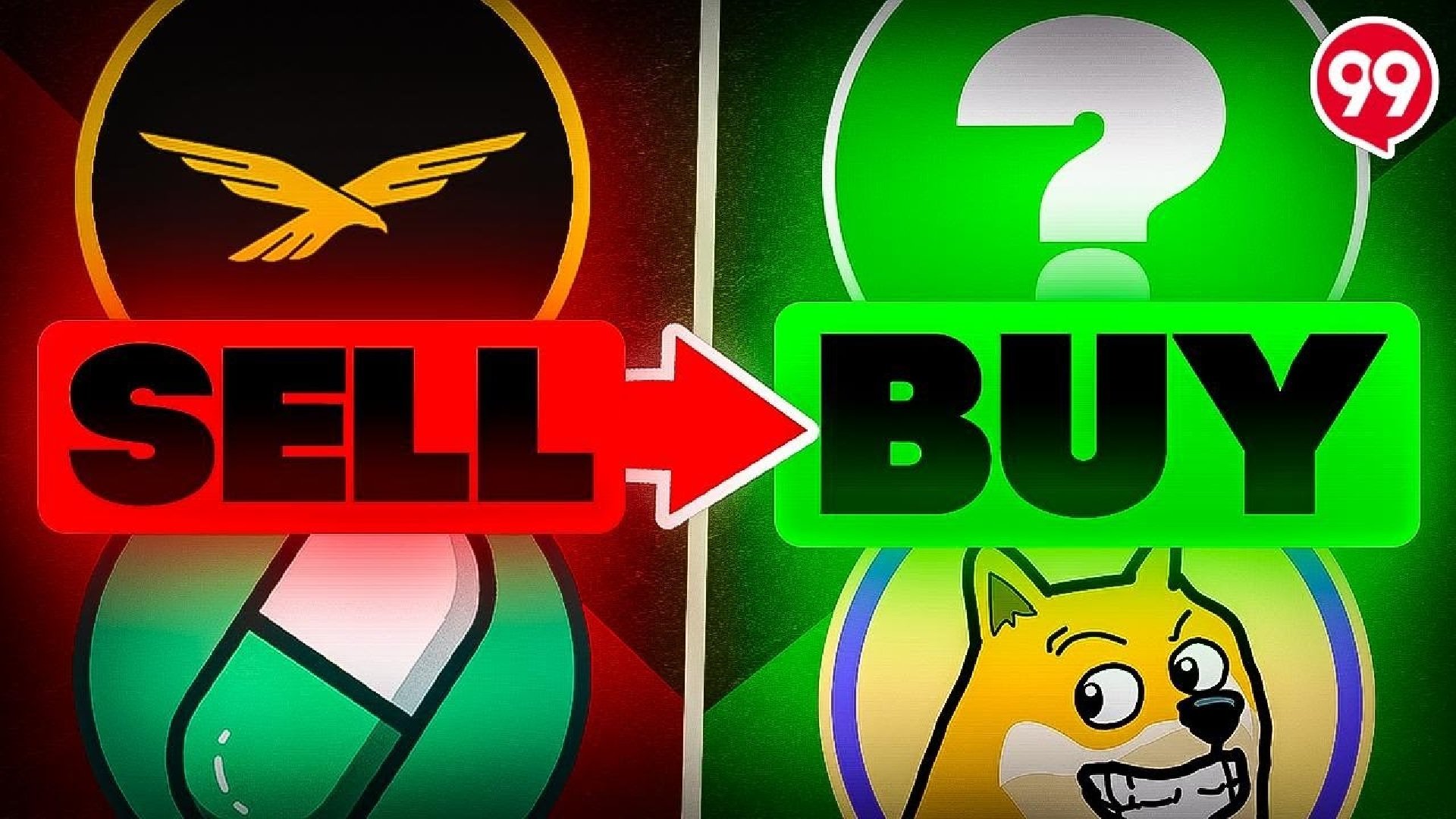Warren Buffett is upset Kraft Heinz is splitting into two companies without a shareholder vote
Warren Buffett might finally be ready to dump Kraft Heinz. The Oracle of Omaha told CNBC he’s “disappointed” the company is breaking itself into two pieces, a reversal of the 2015 merger he personally backed, which has now turned into one of the worst investment moves of his career.
The news came out during a private phone call with “Squawk Box” co-host Becky Quick on Tuesday. Warren also said he’s angry that shareholders like Berkshire Hathaway weren’t given the right to vote on the decision.
Right now, the company owns 27.5% of Kraft Heinz, a stake now worth $8.9 billion, making Warren the food company’s biggest shareholder.
He confirmed that Berkshire’s next CEO, Greg Abel, already told Kraft Heinz executives they didn’t agree with the split, even before the company finalized the decision.
Warren questions the cost and value of the split
Warren told Becky Quick he’s against the plan, especially the $300 million in overhead costs that will be needed to break Kraft Heinz into two new entities over the next year.
“It certainly didn’t turn out to be a brilliant idea to put them together,” he said. “But I don’t think taking it apart will fix it.”
The market didn’t like the news either. Shares of Kraft Heinz dropped by as much as 7.6% on Tuesday before recovering slightly. The stock ended the short trading week down 2.4% overall.
That’s just the latest hit in a long stretch of pain for Kraft Heinz investors. Since the 2015 merger between Kraft and Heinz, the stock has lost 69% of its value.
The original deal was a joint move between Berkshire Hathaway and Brazil-based 3G Capital, which teamed up in 2013 to buy H.J. Heinz for $23.3 billion.
When the Kraft merger happened two years later, Berkshire walked away with over 325 million shares in the combined company, worth about $24 billion when the deal closed in July 2015.
By 2016, that stake had climbed to $30 billion. But it collapsed over the next few years. Since 2020, the value of the stake has been stuck near $10 billion.
Warren told shareholders in his 2015 letter that Berkshire spent $9.8 billion on the shares. With today’s valuation sitting below that, the company is sitting on a $1.0 billion paper loss.
It’s not the first time Warren has been forced to face that. Berkshire already wrote down $3.0 billion of the investment in 2019, and just this past quarter, it wrote off another $3.8 billion to reflect current market value.
Resignations, rumors, and legal implications add pressure
In May, two Berkshire Hathaway board members resigned from Kraft Heinz after the company said it was reviewing options to boost shareholder value. That triggered speculation that Warren was planning to sell.
Warren hasn’t said whether Berkshire will start selling its shares. But he hasn’t ruled it out either. He said, “We will proceed to do whatever we think is in the best interest of Berkshire.”
He also added that if a buyer tries to take a big chunk of their stake, Berkshire won’t accept it unless the same offer is made to all other shareholders. The only exception would be a full buyout of Kraft Heinz.
If Warren begins offloading shares, it could shake things up fast. Berkshire owns over 10% of the company, which means any open market sale must be reported within two business days. That could cause other investors to panic and follow suit, making things worse for Kraft Heinz.
Warren is not alone in criticizing the split. The Financial Times reported that the company has failed to keep up with what consumers want. The paper wrote that the split isn’t bold or smart, it’s just a way to cover up years of poor results caused by endless cost-cutting and a lack of innovation.
Meanwhile, Berkshire Hathaway’s other holdings look more stable. As of June 30, the company’s 13F filing showed major investments in public companies across the U.S., Japan, and Hong Kong.
Two of those (Itochu, as of March 17, and Mitsubishi, as of August 28) are listed in Tokyo, and their values are shown in U.S. dollars after converting from Japanese yen using prices from the Tokyo Stock Exchange.
KEY Difference Wire helps crypto brands break through and dominate headlines fast
Vous aimerez peut-être aussi

Best Crypto Presales to Buy Now Ahead of the Next Altcoin Bull Run

Navigating the Financial Landscape: Market Trends and Expectations for Cryptocurrencies
